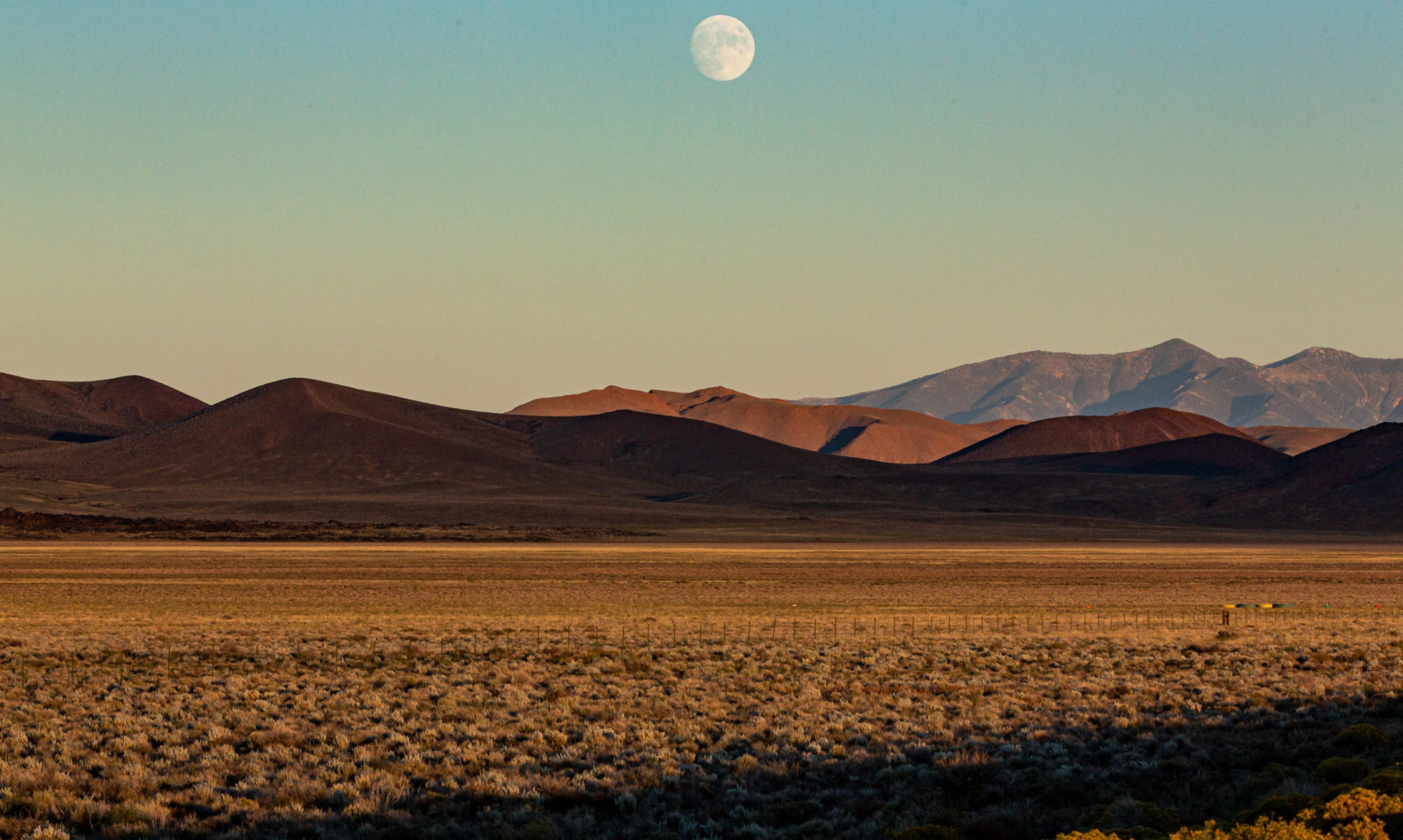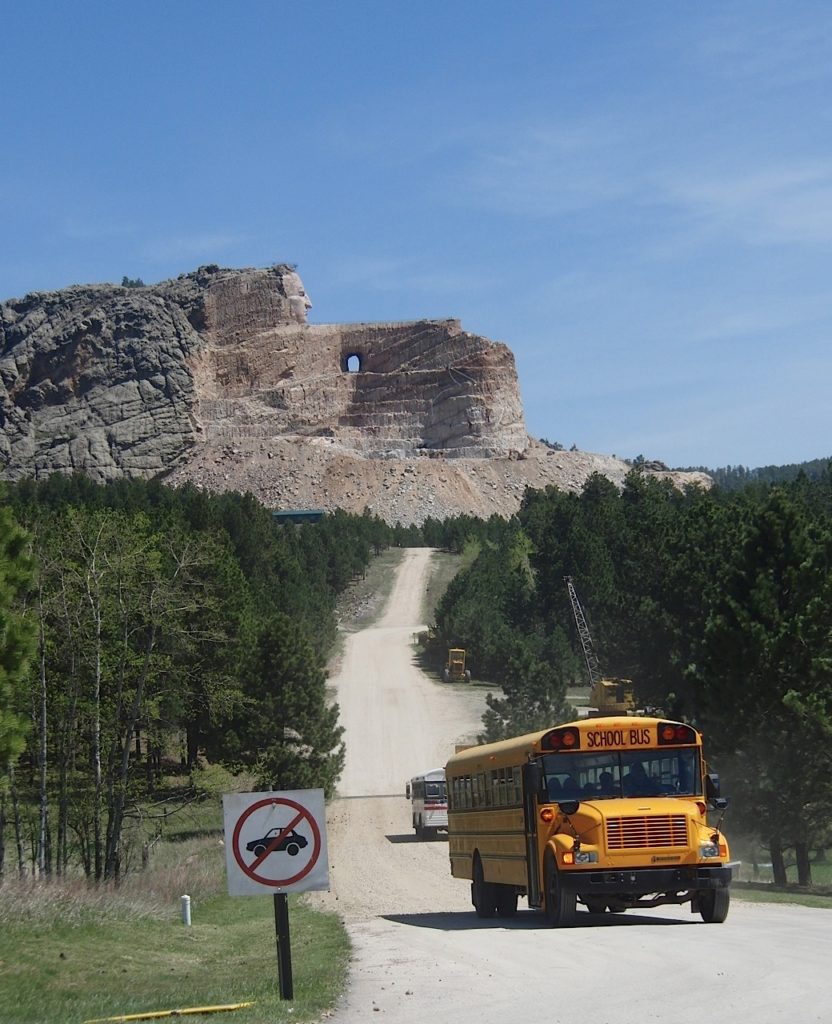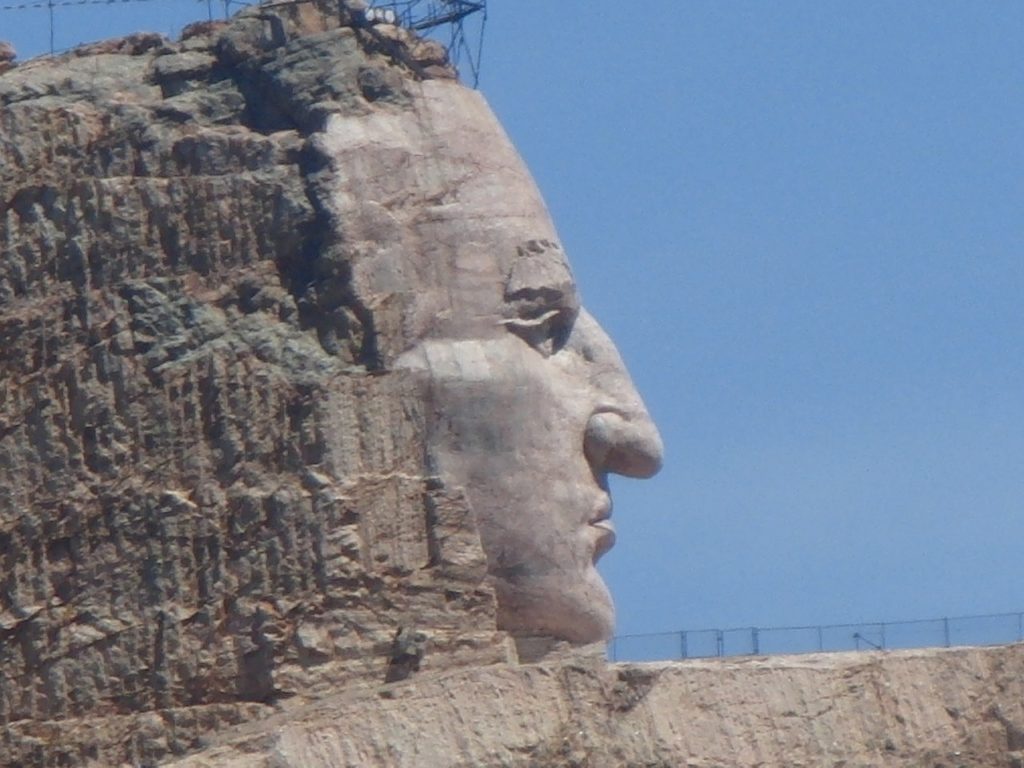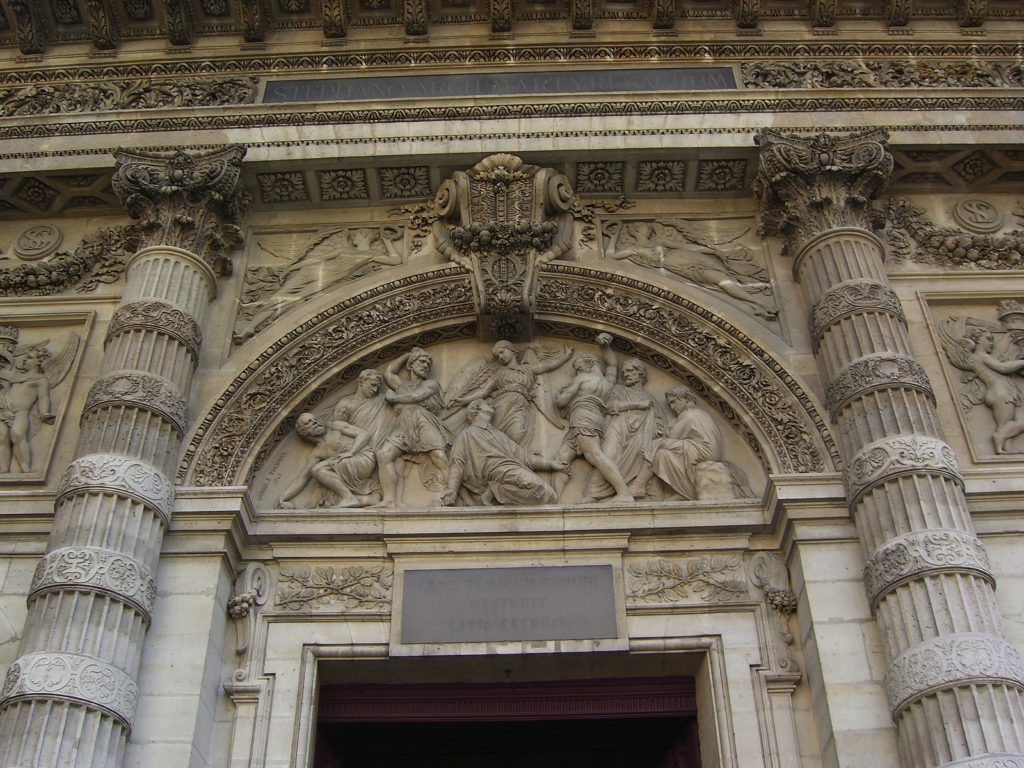A long-ago teacher of mine–G.E. Smith, who taught English, literature, and a lot more at Crete-Monee High School in the 1960s and '70s–became interested in his family ancestry late in life. It wasn't an easy thing. I don't know a lot of his personal story, but I do know that his mother left his biological father very early in his life, back in the mid-'20s, and that he was raised by a stepfather he remembered as generous if not saintly.
Also late in life, he brought out a book of poems he had written as a much younger man. He hadn't intended to, he said, but when he started into the family history business, his work took on a different meaning: "It wasn't until I began to think, as a genealogist, about how anything written by ancient relatives–even in signature–was (or could have been) so extraordinarily precious that I decided to consider publishing. I realized that I, too, someday, would likely be a long-ago ancient relative to someone who was pursuing my family history."
That line about the actual words of a forebear being "so extraordinarily precious" stuck in my head. I've listened to perhaps hundreds of hours of stories about my dad's family and my mom's, and recently I was struck with a little sense of urgency about setting down at least the basic outlines of what I've heard. So far, that's mostly involved cemetery visits and creating the beginnings of a family tree (through the very expensive and sometimes-worth-it Ancestry.com). There's a bit of an addictive thrill in tracking down someone you've been hearing about your whole life in a century-old census record: Wow–there they are, just like Mom and Dad said, in Warren, Minnesota, or on South Yale Avenue in Chicago. But records only take you so far, and they don't really give a voice to the people listed on the census rolls or on the draft records or on Ellis Island arrival manifests.
I imagine my family is like most in that whatever words were ever written down have mostly fallen victim to fastidious housecleaning, negligence, dismissiveness, or lack of interest. You know: "Who'd ever be interested in that?" or, "Does anyone want this old stuff?" (I think pictures are the occasional exception to this rule. Plenty get thrown away, but the images have an intrinsic interest for a lot of people when they can't readily identify the subjects of the photos.) Chance, mostly, and, less often, selection determine what survives. My dad has a collection of letters his father wrote to his mother during their courtship and early in their marriage, a century and more ago. I believe they are numbered and I remember hearing that after my grandfather, Sjur Brekke, died, in their 26th year of marriage, my grandmother continued to read those letters for years afterward. There used to be another set of letters, too–my grandmother's letters to my grandfather. But at some point she destroyed them. The story I've heard is that she considered them too personal for others to read. Wouldn't we Brekke descendants love to get a look at those.
Over to my mom's side of the family: They were Irish and stereotypically more voluble than my dad's Norwegian clan. But not much has survived (that I know about) beyond the oral tradition. One rather amazing exception: my mom's grandfather.
 I don't know a lot about him, but Timothy Jeremiah Hogan was born in Ottawa, Illinois, in 1864 (I'll let him tell that story), lived as a child on the Great Plains (ditto), raised a family, including my grandfather Edward Hogan, in central and northern Illinois. He was a railroad man, working for one of the roads back there (on the Wabash, I believe, but don't know for sure). He was said to have spent a lot of time riding alone in the caboose and taught himself to play the guitar. He was losing his hearing at the end of his life, was described as taciturn and short with most of his grandchildren, and was reportedly heartbroken when a favorite grandson drowned in the summer of 1939. He died himself a month later.
I don't know a lot about him, but Timothy Jeremiah Hogan was born in Ottawa, Illinois, in 1864 (I'll let him tell that story), lived as a child on the Great Plains (ditto), raised a family, including my grandfather Edward Hogan, in central and northern Illinois. He was a railroad man, working for one of the roads back there (on the Wabash, I believe, but don't know for sure). He was said to have spent a lot of time riding alone in the caboose and taught himself to play the guitar. He was losing his hearing at the end of his life, was described as taciturn and short with most of his grandchildren, and was reportedly heartbroken when a favorite grandson drowned in the summer of 1939. He died himself a month later.
Another thing about Tim Hogan: He had a typewriter, and he used it. He composed poems on the typewriter, and song lyrics. Here's one of his poems, about two of my mom's brothers (that's them in the picture at right) shortly after their first birthday:
October 7th.1934.
AN ODE TO OUR LITTLE
TWIN BOYS TOM, AND ED
*********************
Early in the morning
When they open up their eyes
Laying in their tiney little beds
Rolling over, over
Both the same size
Cunning little round bald heads.
You couldent help but love them
With their smileing eyes of blue
Remember it was GRAND DAD told you so,
Charming little twinners,
Only new beginers
You can almost see them grow.
Tim wrote letters, too. We only have a handful of them, but below are a couple that he produced in 1936 when he was trying to do a little biographical/genealogical research of his own. The first (click pages for larger images; full text is after the jump) is to the clerk of LaSalle County, and he's hoping to find records of his family's residence from around the time of his birth.


The second letter is to the Railroad Retirement Board. He doesn't explicitly mention it here, but I recall a couple of my mom's aunts, Tim's daughters Catherine and Betty, saying he was trying to establish his date of birth in relation to a pension that might be due.

One question I have about these: Did he send them? As he says, he's earnestly interested in getting answers. So my guess is that these are copies of versions he sent. I haven't found any records in the sparse collection of family documents to suggest what answers he might have gotten. The full text of the letters is available through the link below. If the lines break in an odd way, it's because I tried to stick to how he broke the lines, starting nearly each new line with a capital letter. I've also tried to copy his punctuation and spelling.
Continue reading “Family History Files: Tim Hogan”
Like this:
Like Loading...



